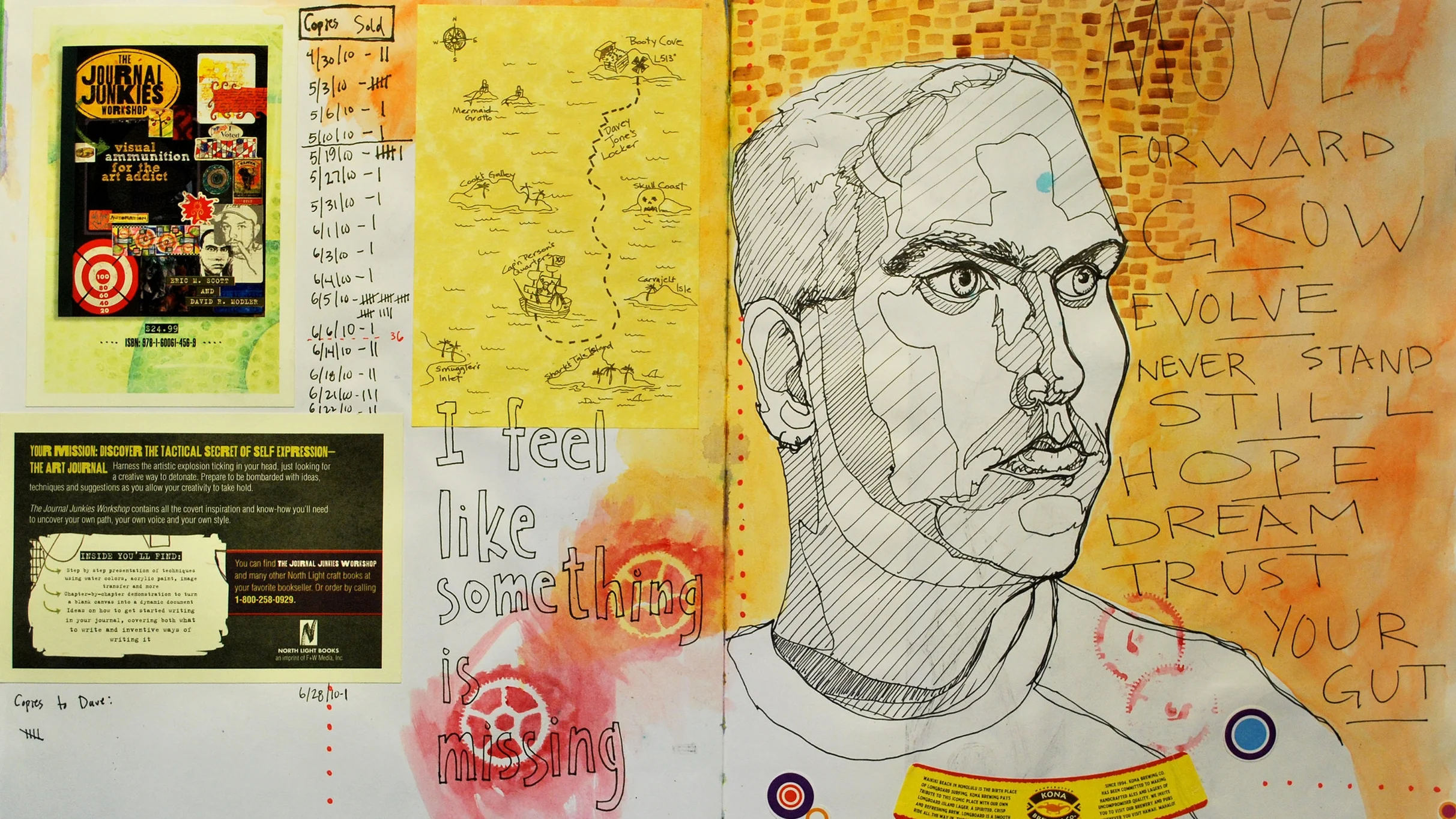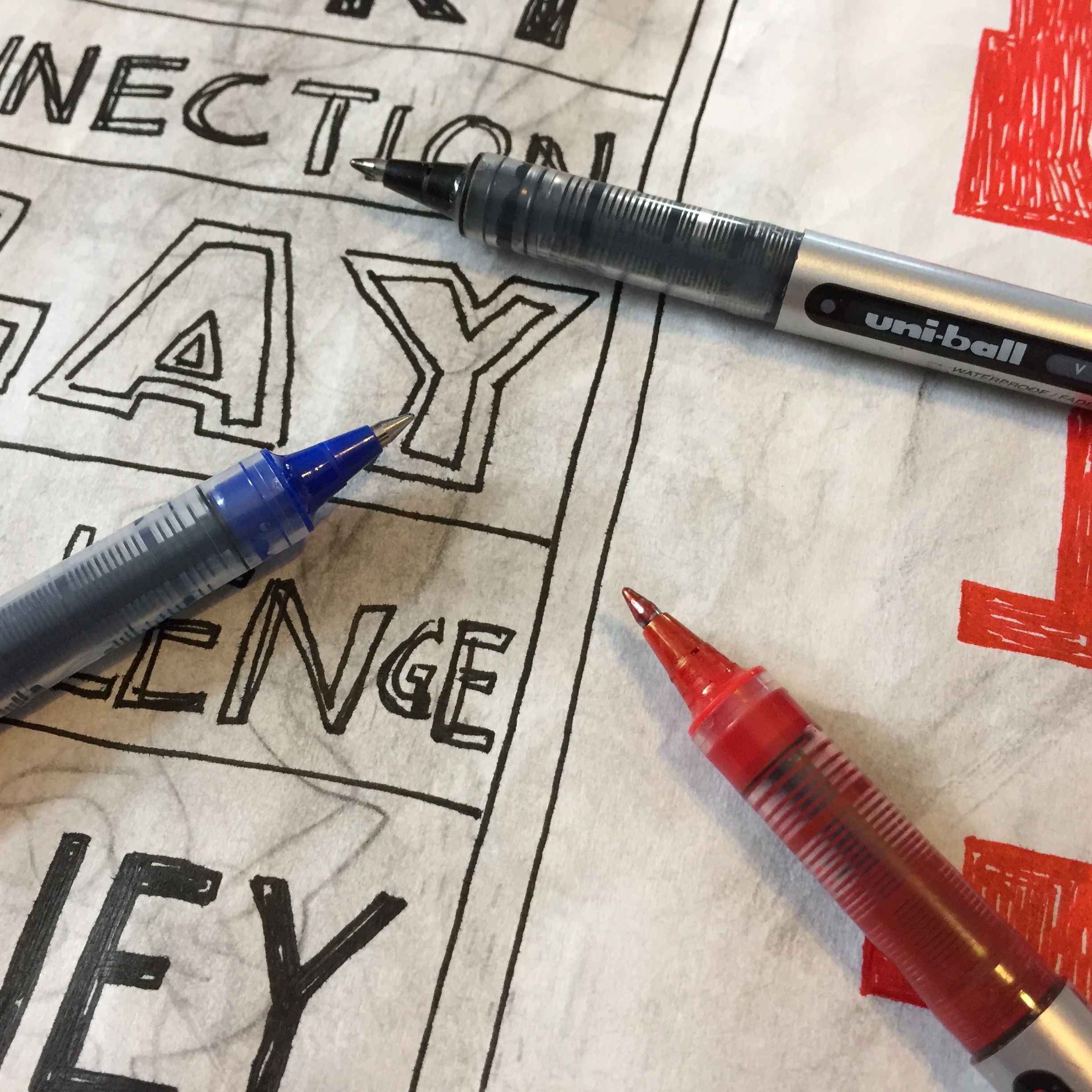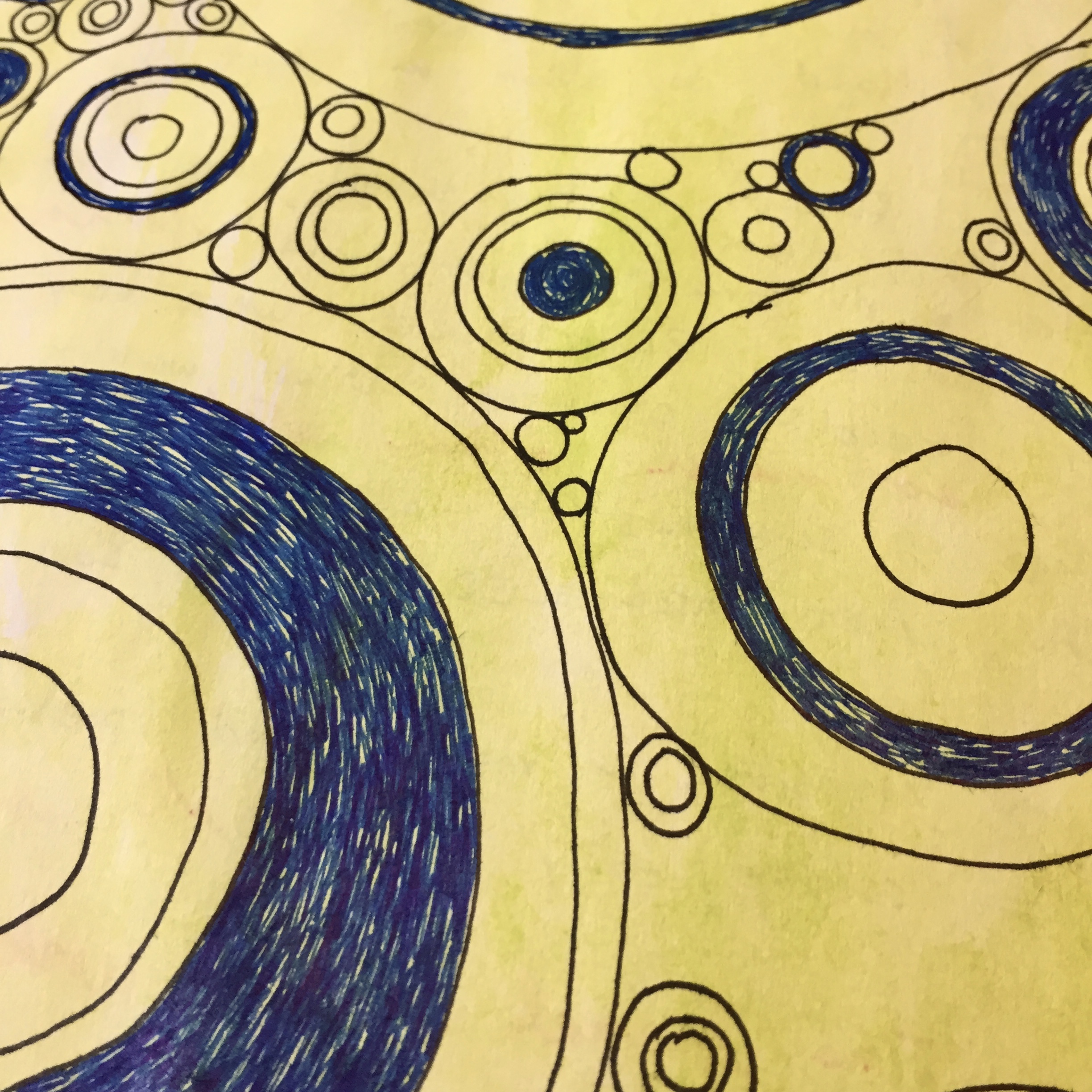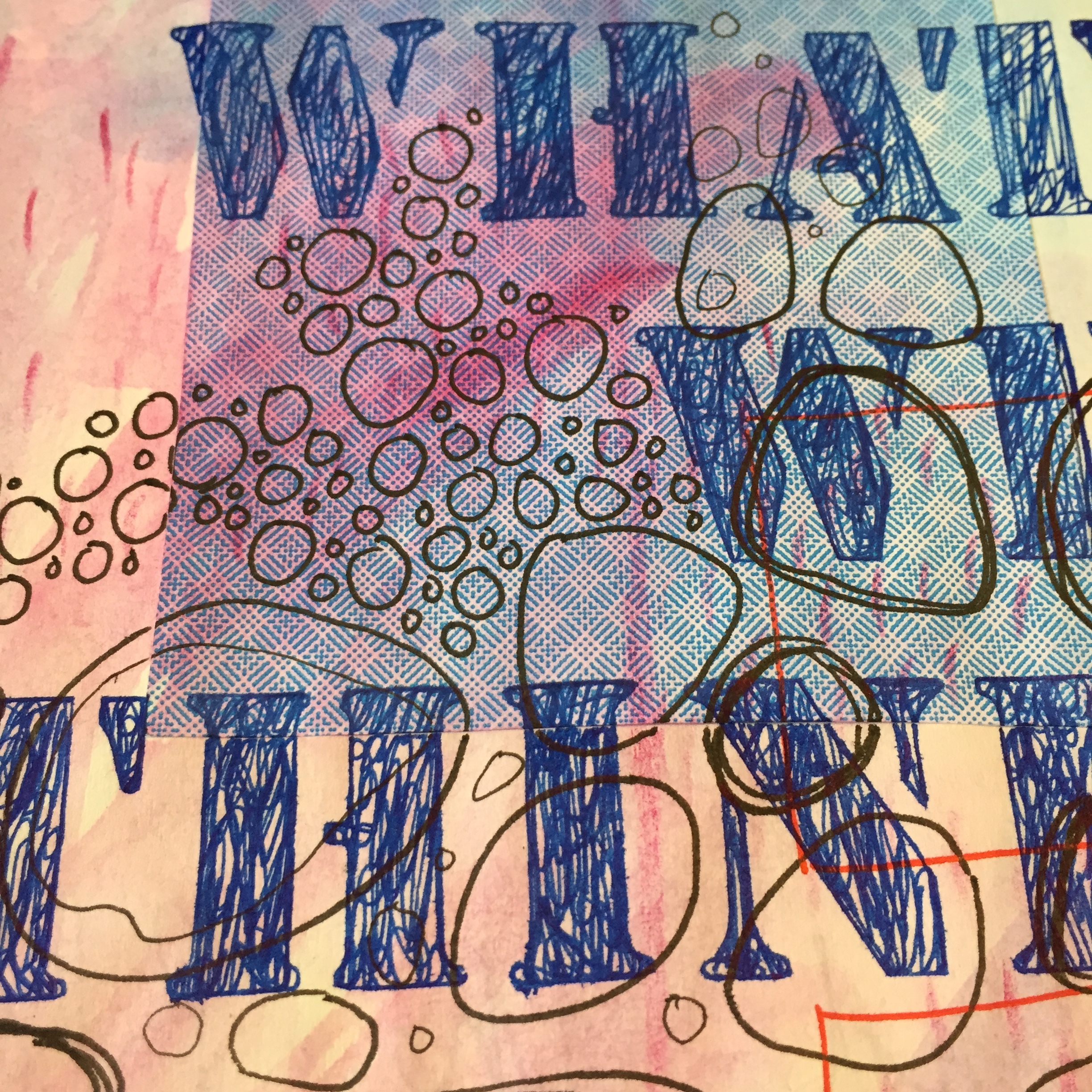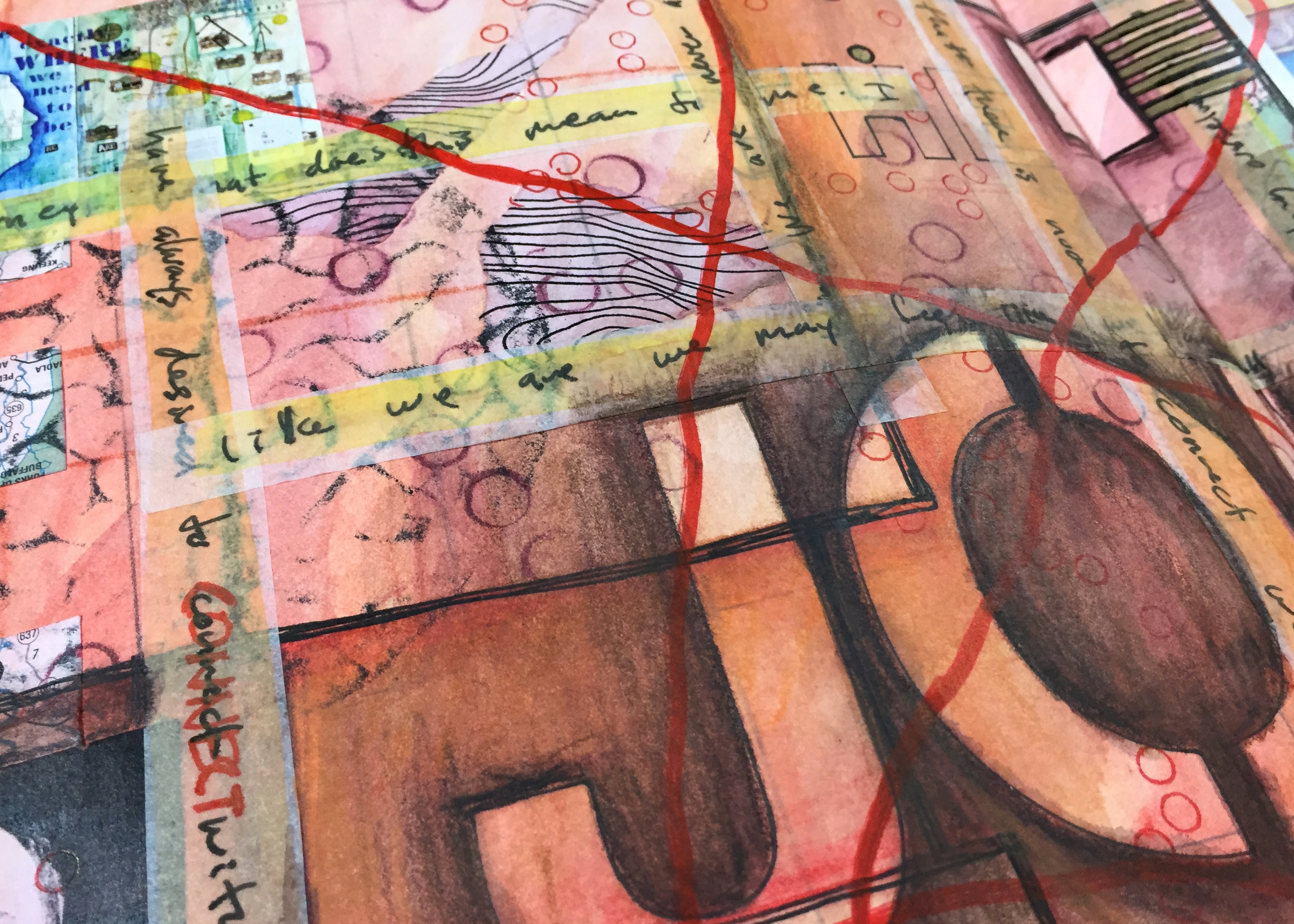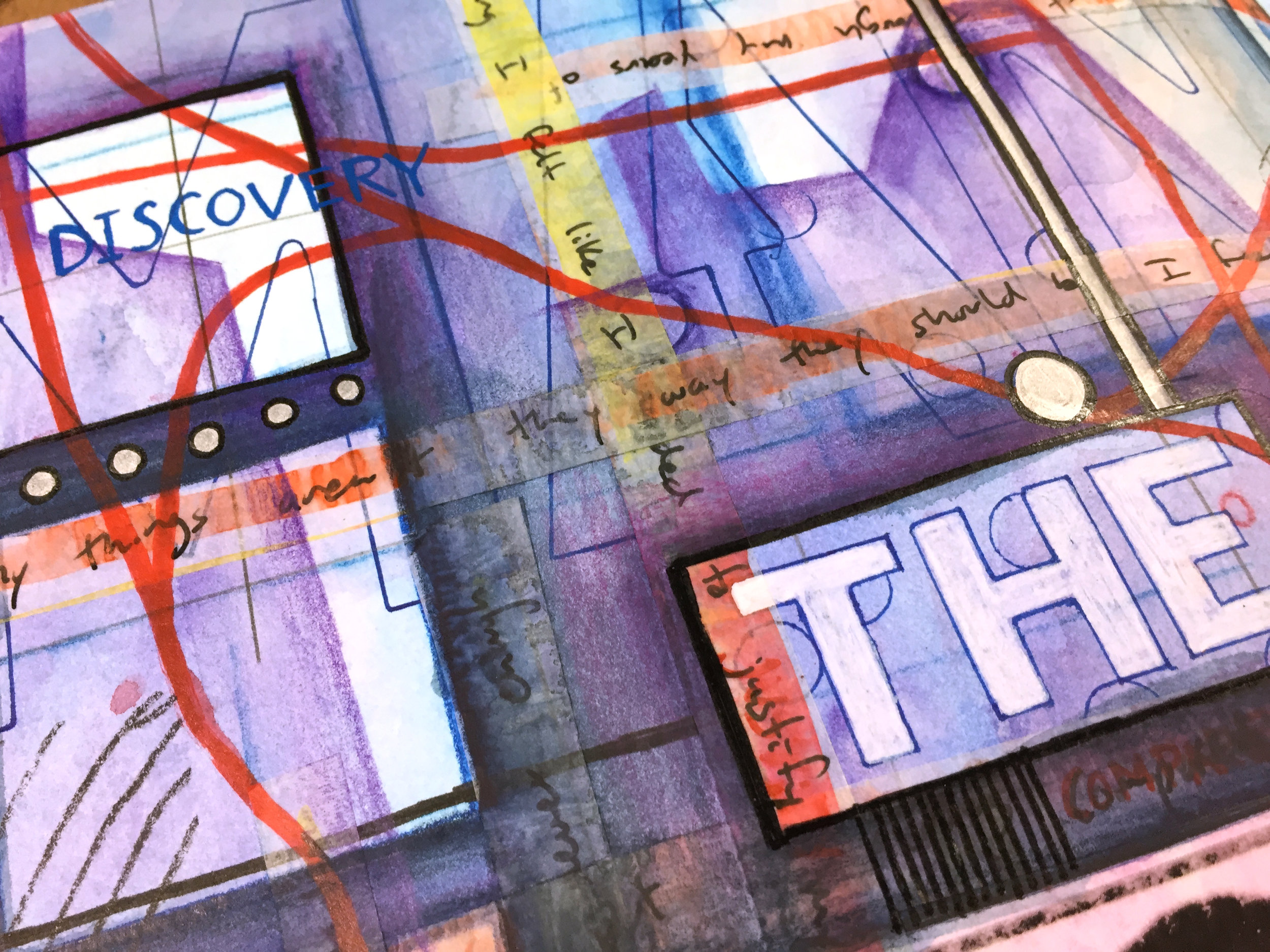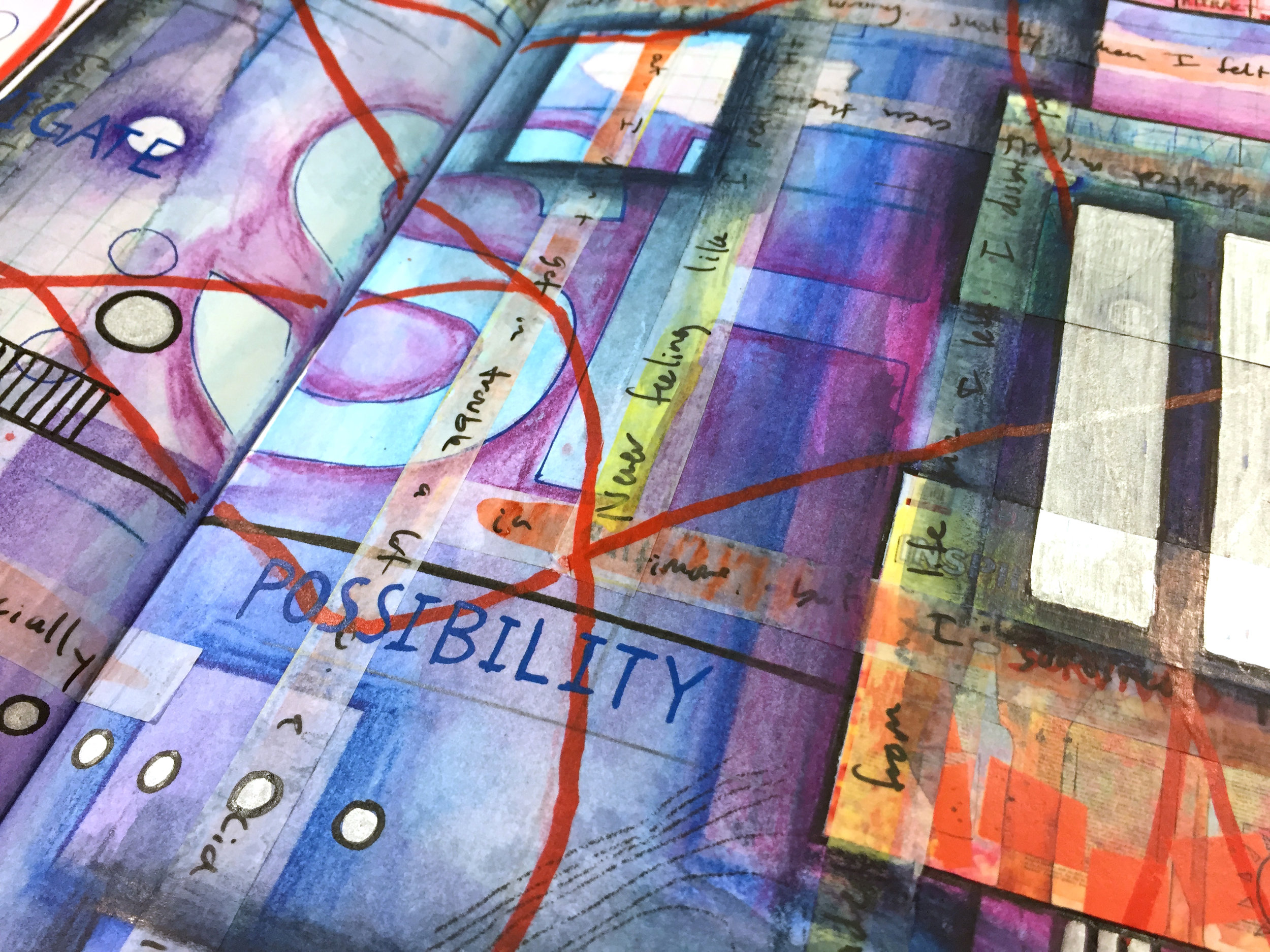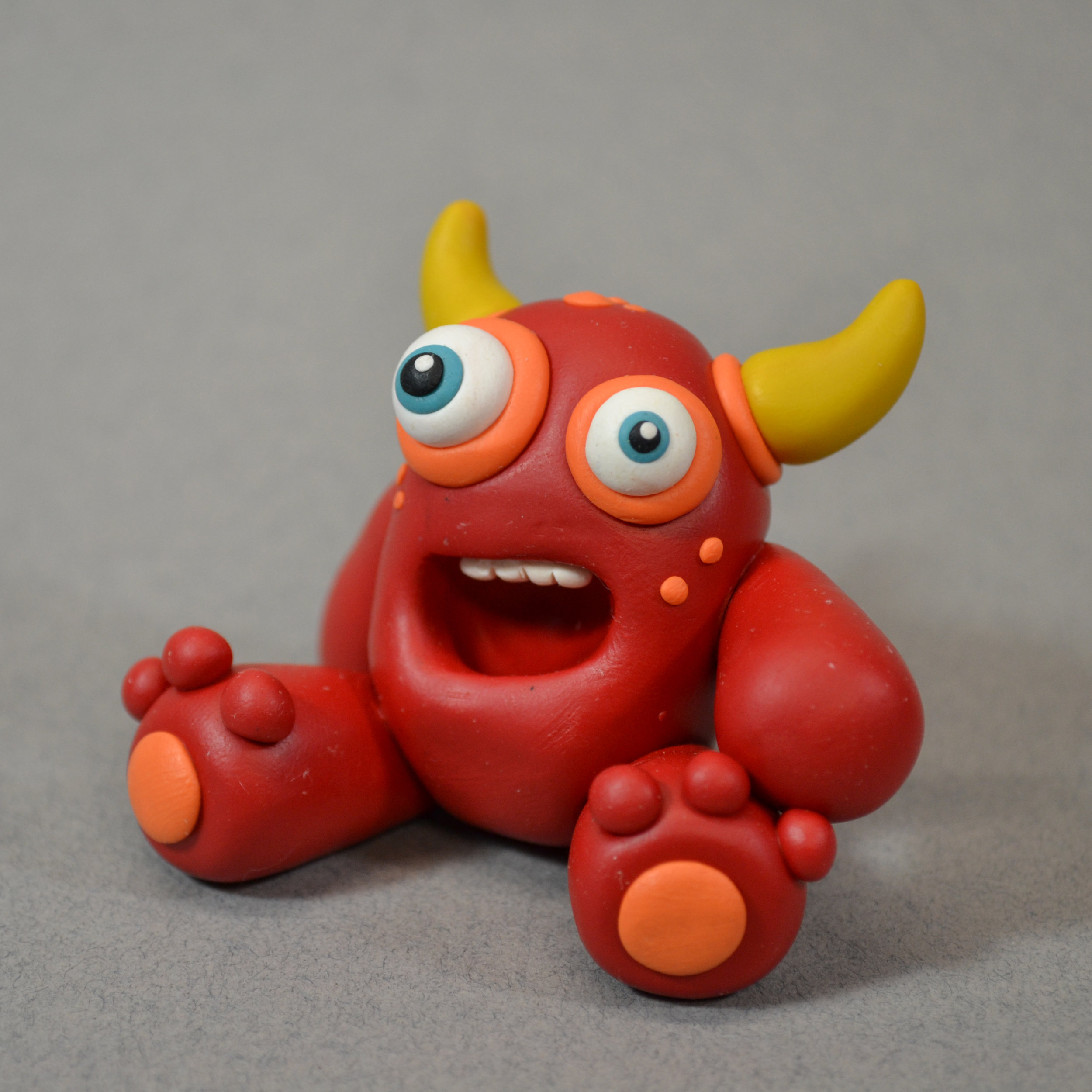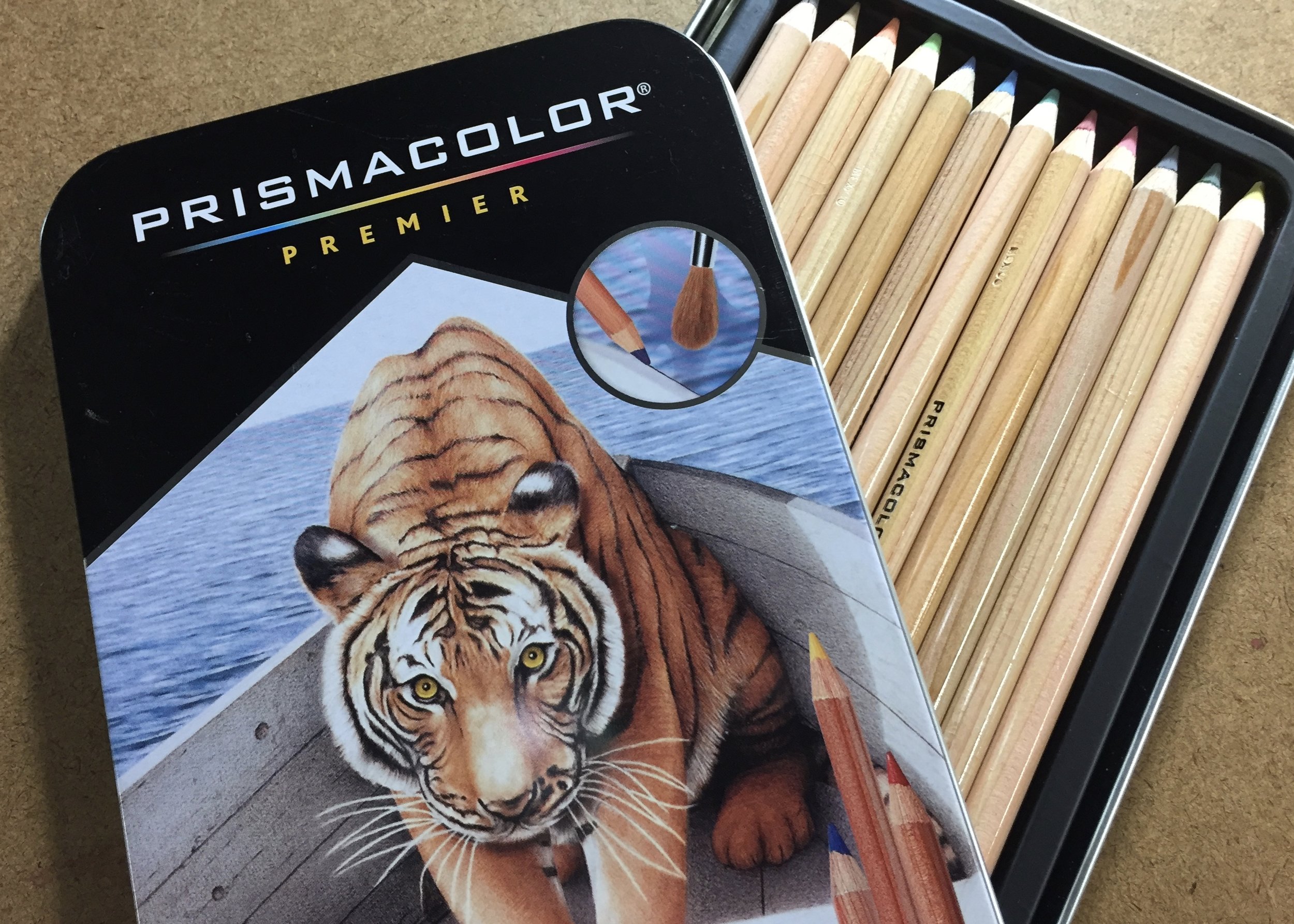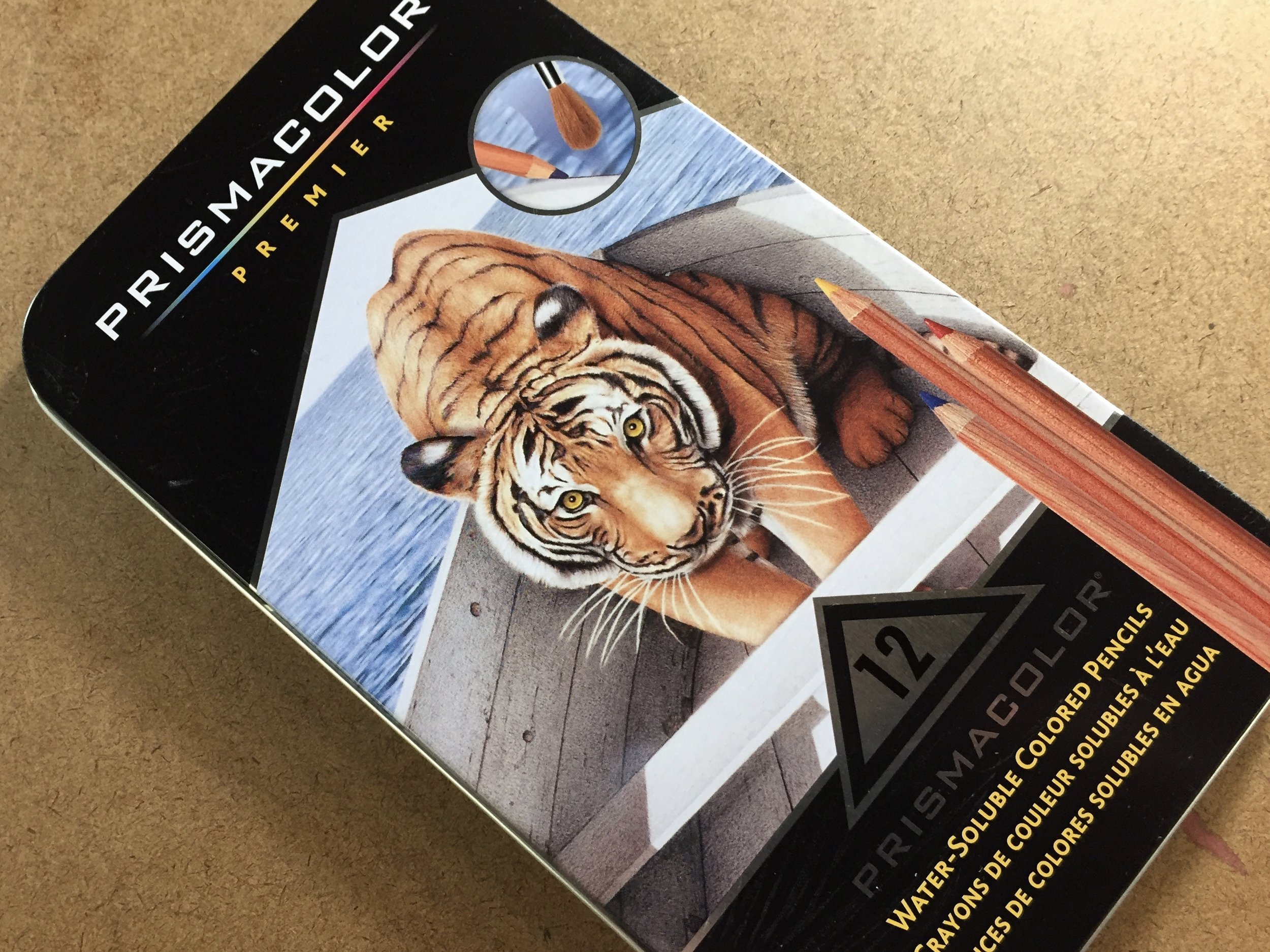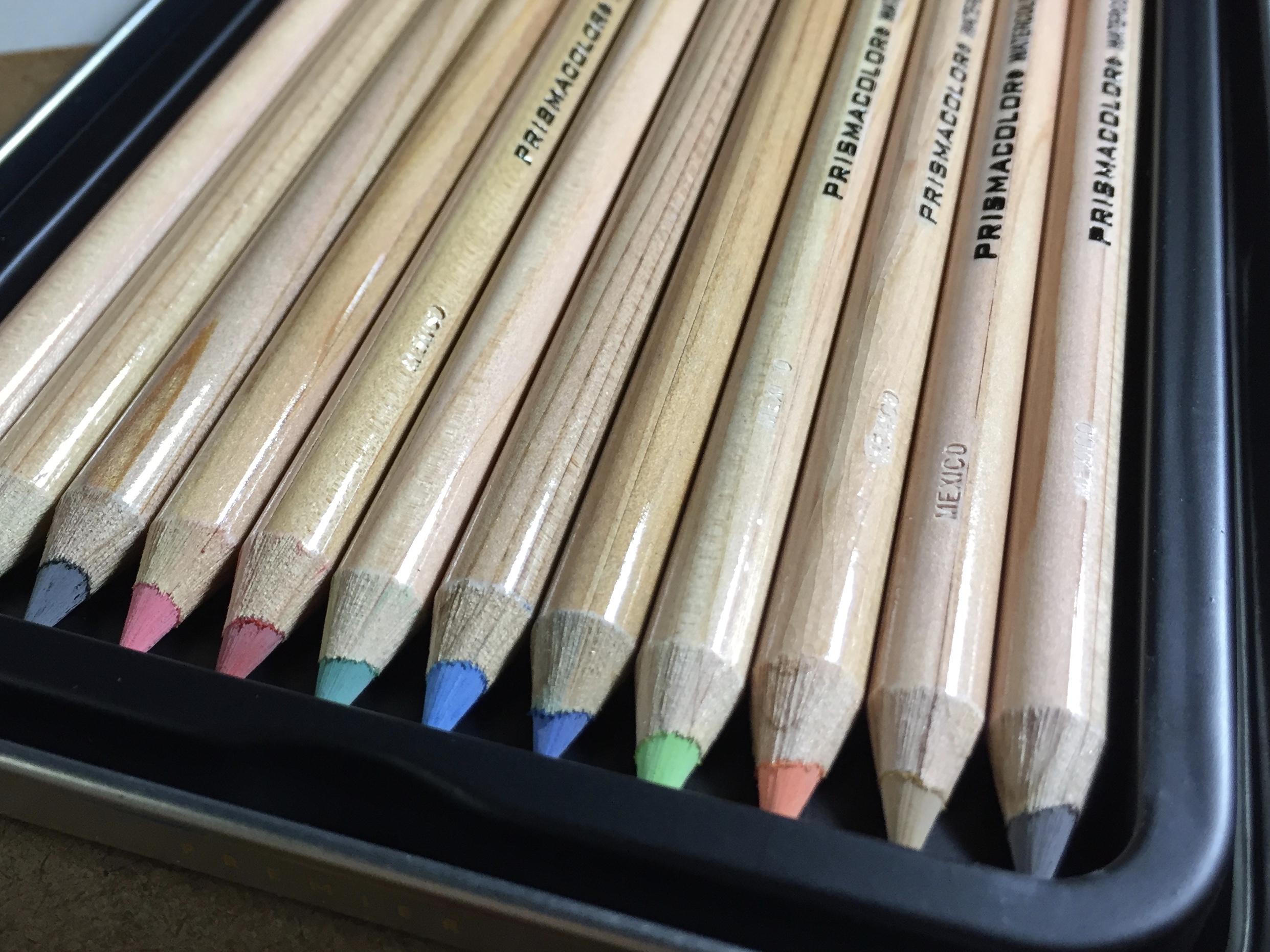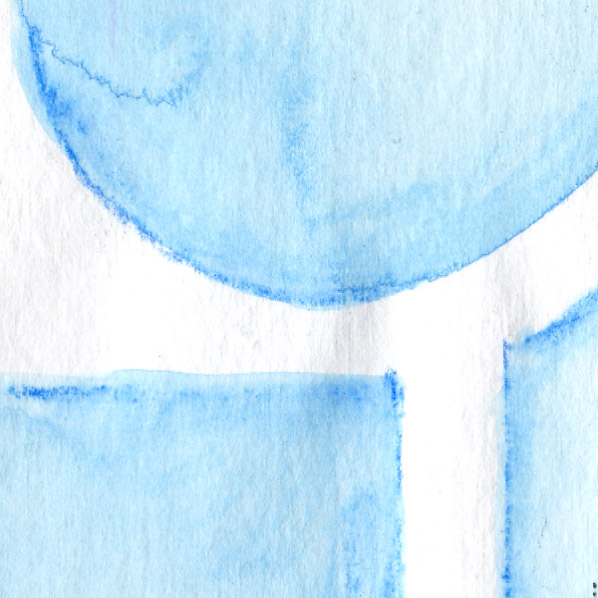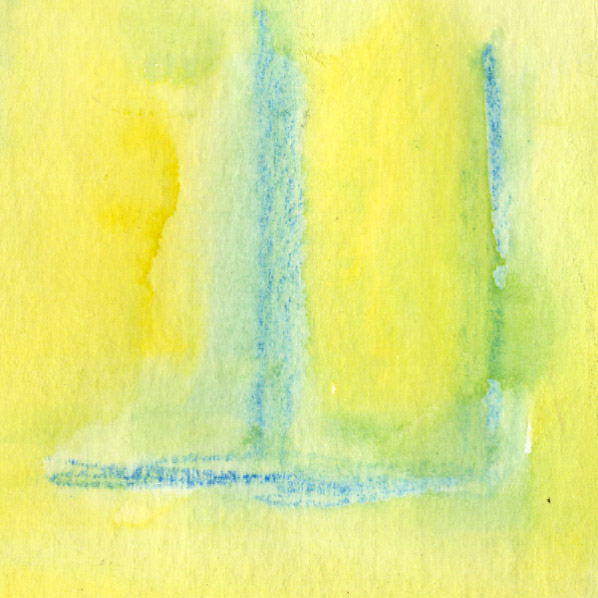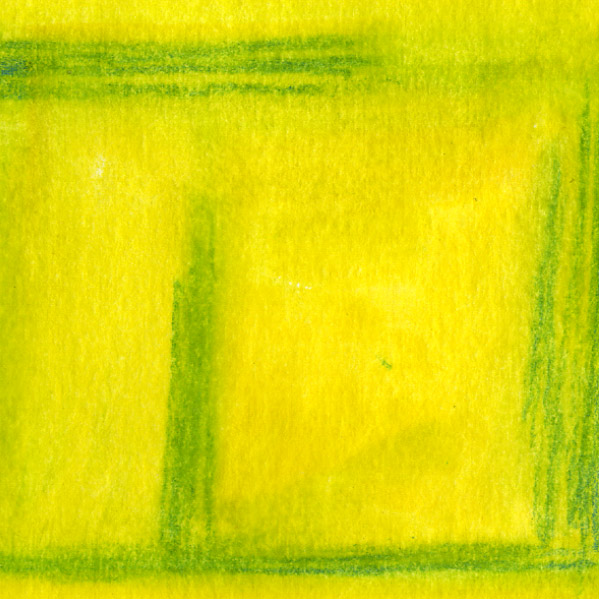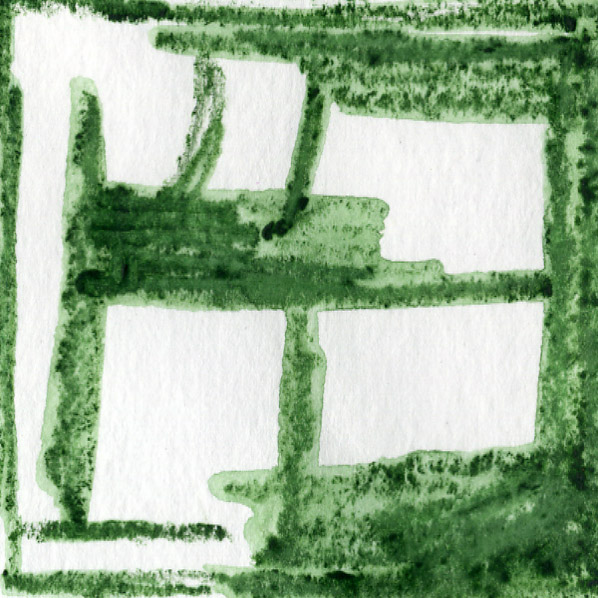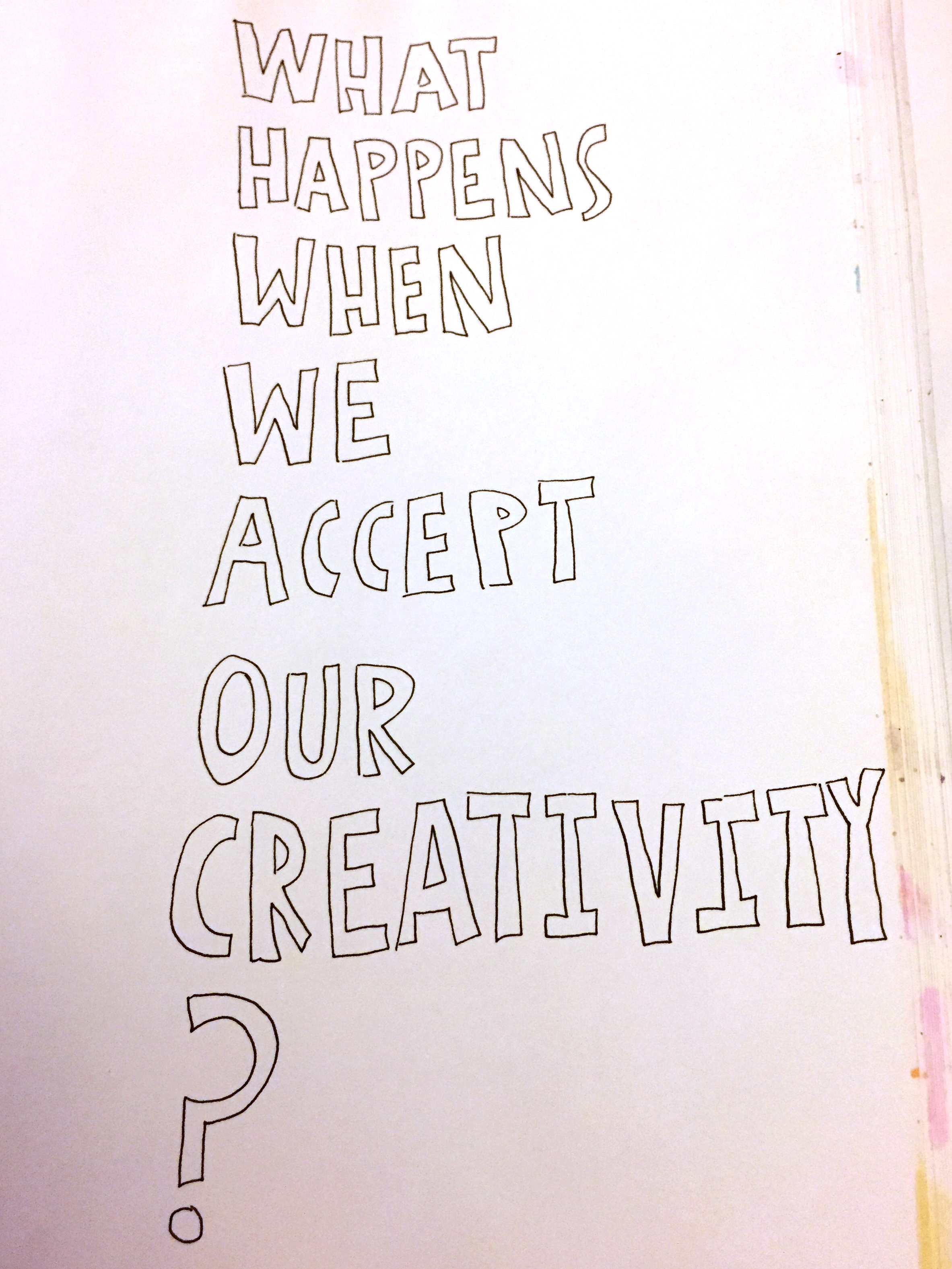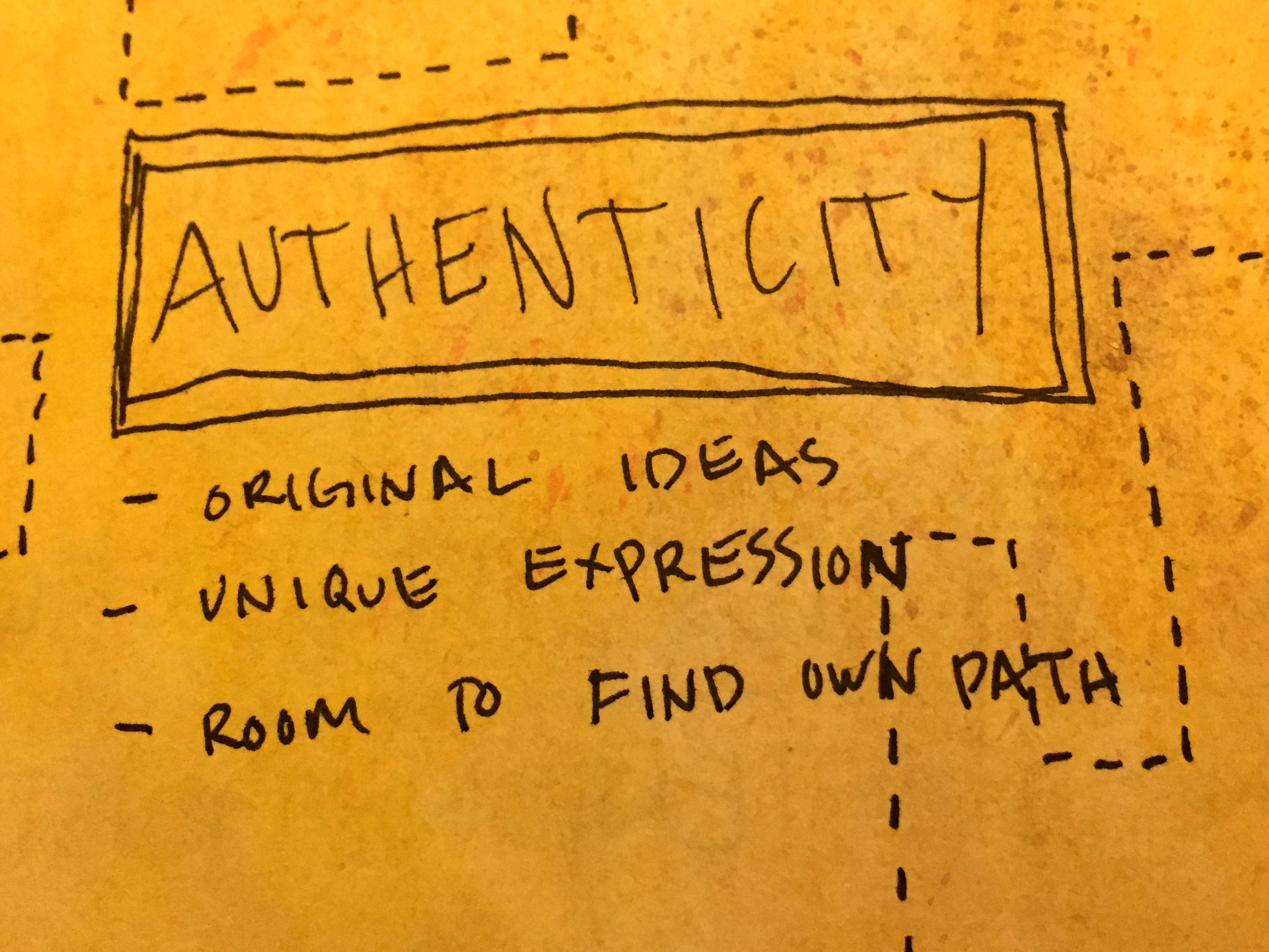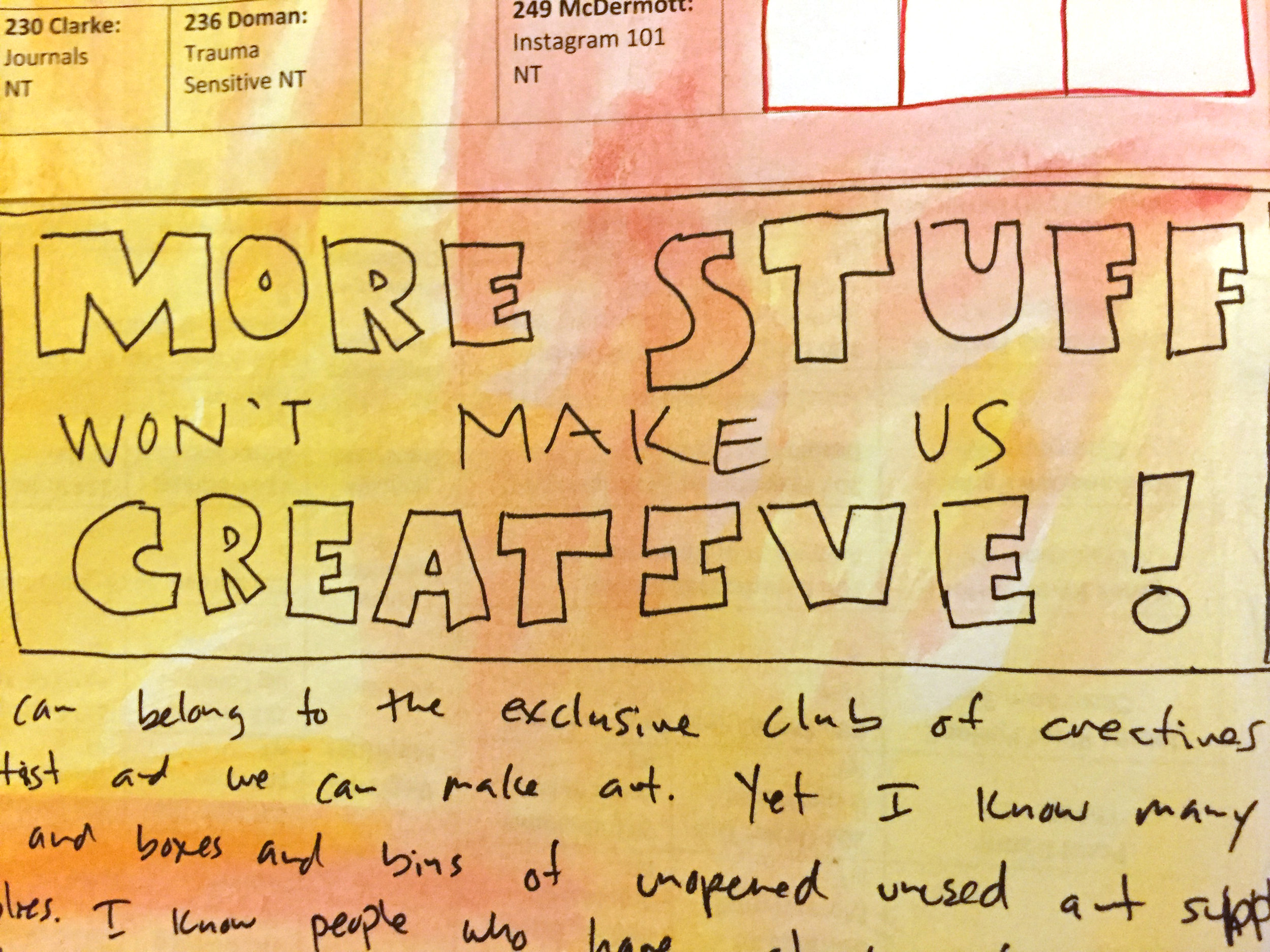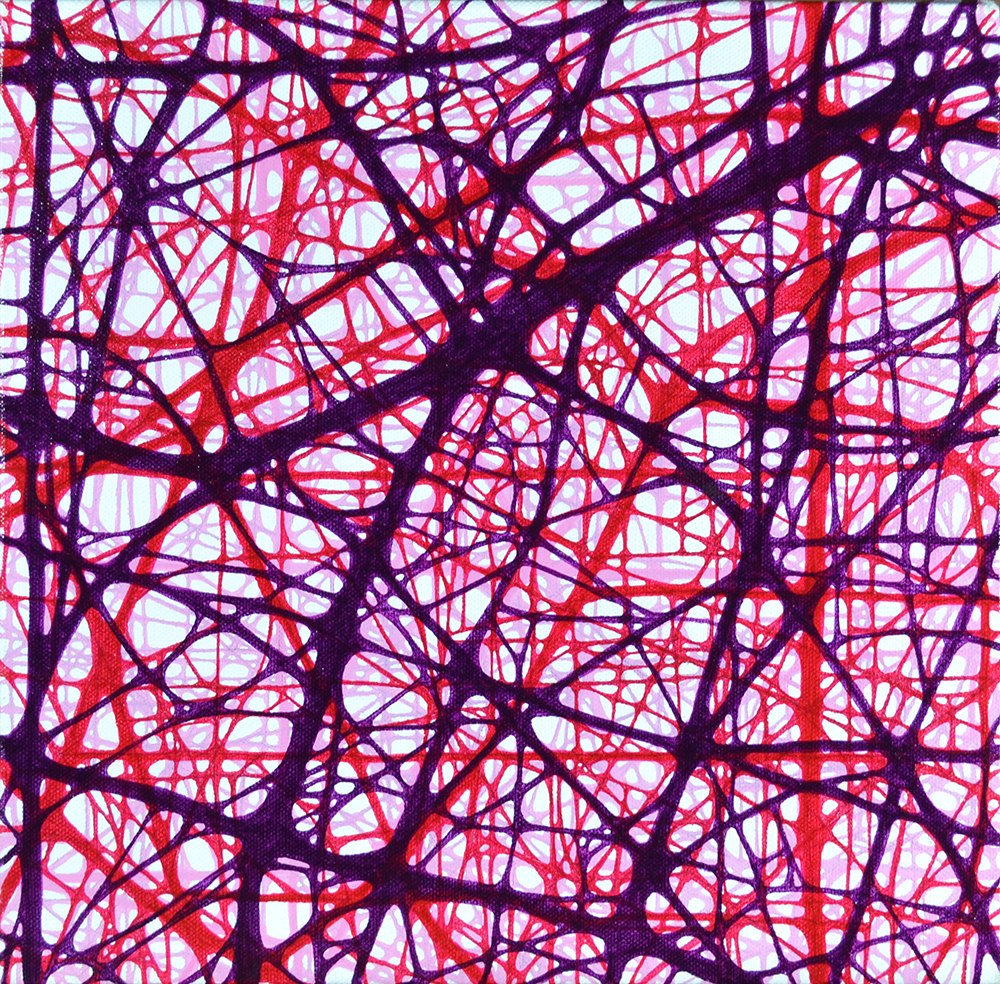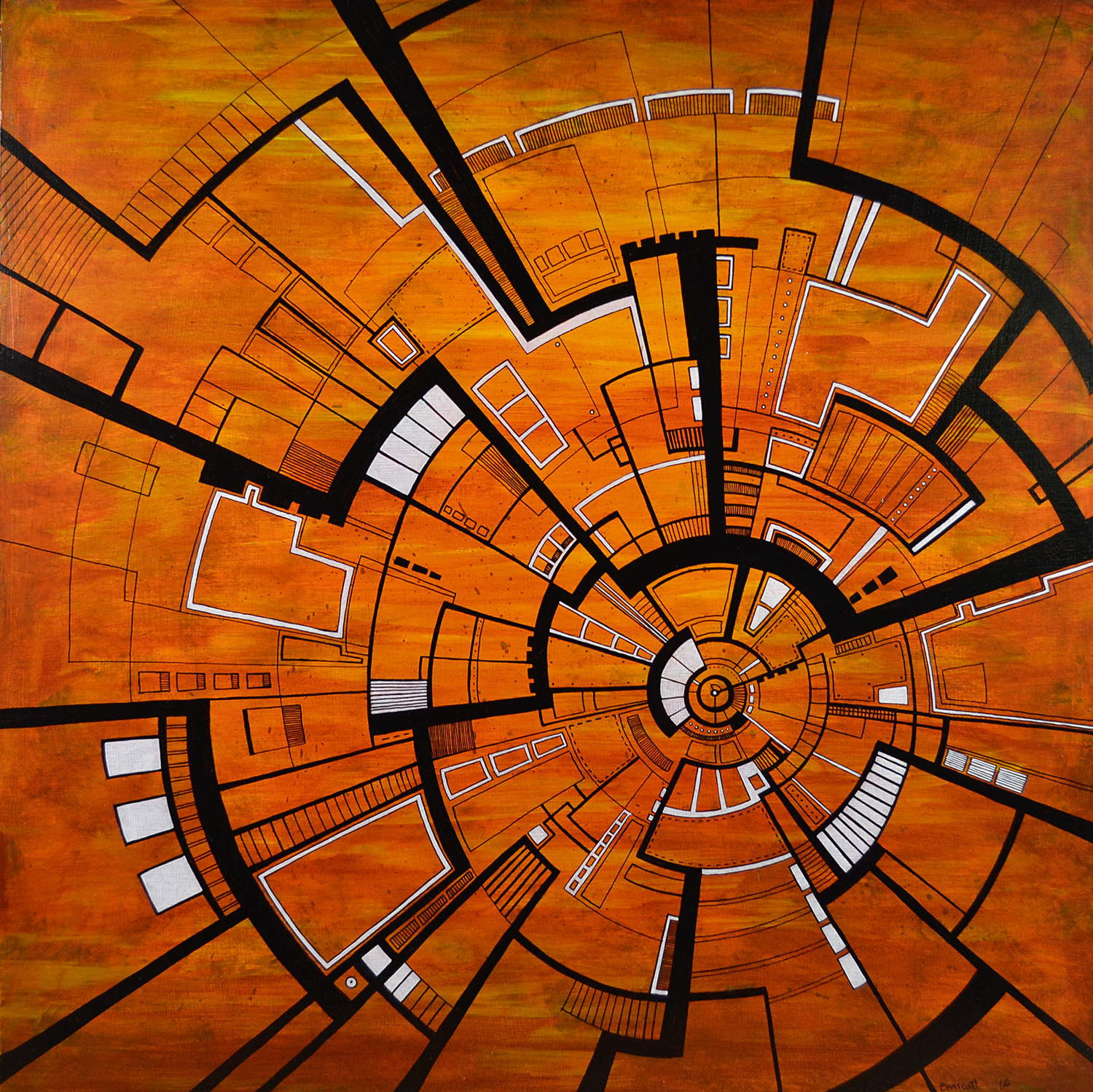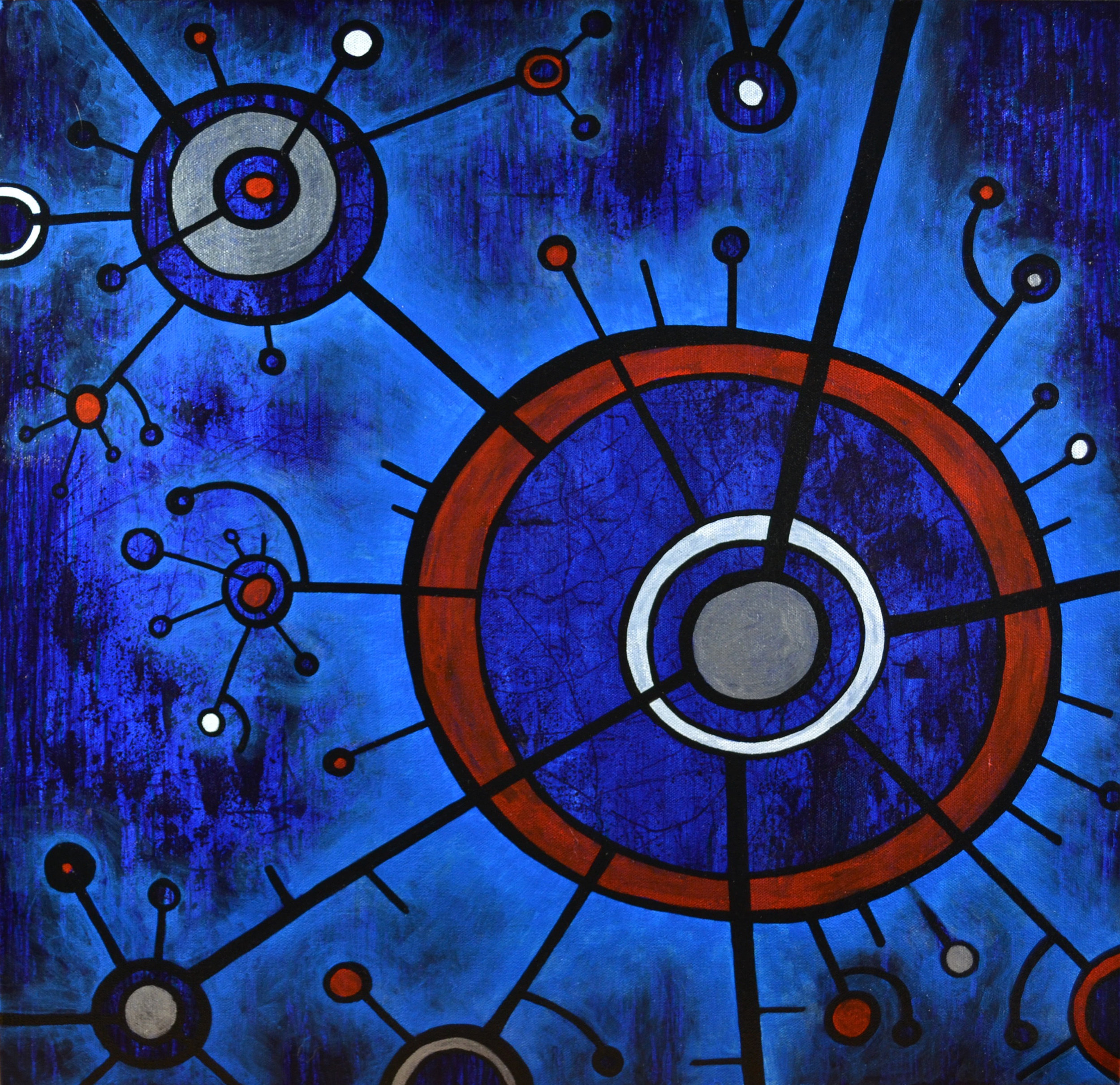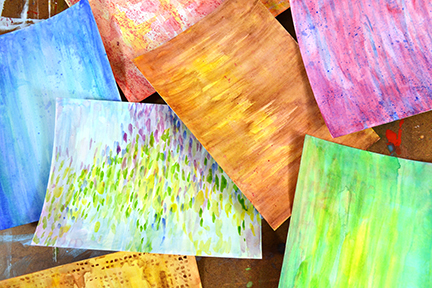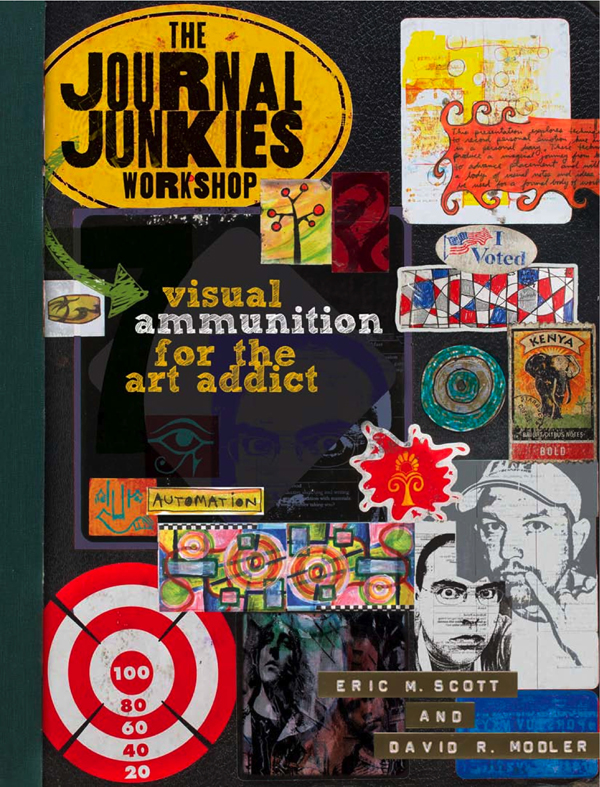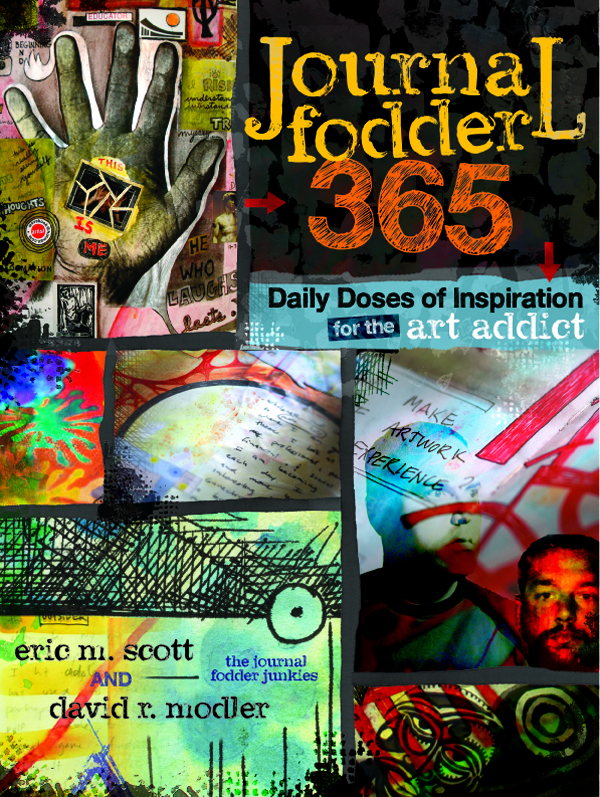Last week I received two small, softcover sketchbooks from Stillman & Birn for being one of the winners of their Holiday Giveaway. I’m already a fan of their sketchbooks, and I’ve used several of their 5.5”x8.5” inch hardbound sketchbooks over the past couple of years. Winners got to pick books from one of their six series, and I chose the Alpha Series which has 46 sheets of white, medium grain paper with a weight of 150gsm.
The size and format of the smaller book really intrigues me. At 5.5”x3.5”, it’s quite small, but the landscape format is one that I’ve never worked with before. I want to push myself to do something different with it, and I want it to be a project — something very specific and purposeful. I’ve decided to use the idea of a prayer book to focus this project.
Now I’m not a religious person, but I am spiritual. I believe that the act of creating is a spiritual act, so I want to fill the book with ideas, words, quotes, and phrases about creativity and making art. This way I can have a little book to flip through anytime that I need a reminder or a little creative nudge.
The more that I think about it, the more I think that there might be others out there that might want to follow along. So, Im documenting the journey, and creating a weekly series from my explorations as a sort of ongoing tutorial and workshop that is open to anyone who wants to work along with me. I’m not certain how long it will take me to work through the book, but the plan is to post about the project every Wednesday so that folks can join in on the creative fun. Here’s a little intro:
Welcome to the Creative Prayer Book!
In our busy lives, it’s easy to get bogged down with all that we have to do, and so much is vying for our attention. It’s too easy lose track of the things that are important to us, and as we struggle with daily chaos and general busyness, we can forget to feed our souls and take the time to create. Join me in a journey to create a sacred book that will be a reminder to take a deep breath and remember what is truly important. Fill your book with favorite techniques, images, and color, and allow your book to echo your hopes, dreams, and wishes
What you need:
A journal or sketchbook
You’ll need some kind of book — something small with a limited number of pages is good. That way you won’t get bogged down with trying to fill a huge number of expansive pages and be overwhelmed with the process. Something around 4”x6” is good, and you can purchase something or make your own. Perhaps get something with sturdy watercolor or mixed media paper. The Stillman & Birn book that I am using has good paper for mixed media, but it can buckle and bend from the wet media, so if that drives you crazy, get a heavier weight paper.
Some of your favorite art supplies
I want this to be something that doesn’t need a special place or special materials, so I’m using materials that I can use anywhere at anytime. I don’t want to load myself down with materials that I can only use in my studio or anything that’s too complicated. I love working with transparent layers, so watercolor and watercolor pencils are a must for me. I’m definitely going to use collage, so I’ll need my jumbo UHU Glue Stic. Of course, Ill be writing and drawing so some waterproof pens and markers are good, as well as a pencil or two and a couple of metallic markers.
Each week, I’ll share the materials and tools that I’m using, so you can add other items as needed.
Next week, I’ll share some watercolor ideas as I start to engage some of the pages and ease my way into the book.
Grab a journal and some art materials, and come create with me!
